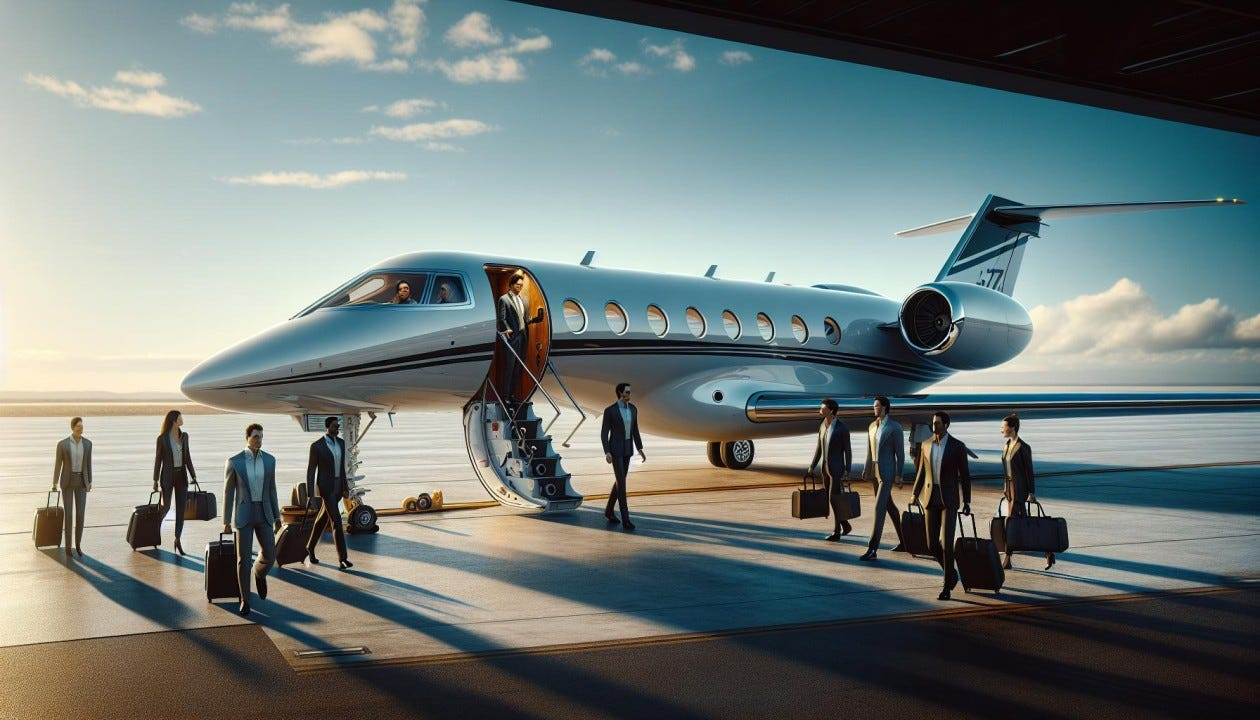Sustainable Aviation Solutions: Reducing Carbon Footprints
The aviation industry is a major part of global travel and trade, but it also produces a lot of carbon emissions. With climate change becoming a bigger concern, the industry is turning to aviation solutions that focus on sustainability. These solutions aim to cut down carbon footprints while keeping air travel safe and efficient. Let’s explore how the industry is tackling this challenge.
Why Sustainable Aviation Matters?
Airplanes burn a lot of fuel, which releases carbon dioxide and other gases into the atmosphere. These emissions contribute to global warming. As more people fly each year, the need for sustainable aviation solutions grows. Airlines, manufacturers, and governments are working together to find ways to make flying greener without compromising on performance or safety.
Reducing carbon footprints isn’t just about the environment—it also makes business sense. Airlines that adopt eco-friendly practices can save on fuel costs and attract customers who care about sustainability. Plus, governments are setting stricter rules on emissions, pushing the industry to act fast.
Key Aviation Solutions for Sustainability
There are several practical aviation solutions helping the industry go green. Here are the main ones:
1. Sustainable Aviation Fuels (SAF)
One of the most promising aviation solutions is sustainable aviation fuel. SAF is made from renewable sources like plants, waste oils, or even algae. Unlike traditional jet fuel, SAF produces up to 80% less carbon emissions over its lifecycle. Airlines like United and Delta are already testing SAF on some flights. The challenge is making SAF cheaper and more widely available, but progress is happening.
2. Fuel-Efficient Aircraft Designs
Newer planes are built to use less fuel. Manufacturers like Boeing and Airbus are designing aircraft with lighter materials, better engines, and improved aerodynamics. For example, winglets—those curved tips on airplane wings—reduce drag and save fuel. These modern designs are a key part of sustainable aviation solutions because they cut emissions while carrying more passengers.
3. Electric and Hybrid Planes
Electric and hybrid aircraft are still in early stages, but they’re exciting aviation solutions. Small electric planes are being tested for short flights, like regional routes. These planes produce zero emissions during flight. Hybrid models, which combine electric and traditional engines, are also being developed for longer trips. While it’ll take time for these planes to handle big commercial routes, they show a lot of promise.
4. Smarter Flight Operations
Airlines are using technology to make flights more efficient. For example, optimizing flight paths can reduce fuel use by avoiding bad weather or taking shorter routes. Ground operations, like using electric vehicles for baggage handling, also help. These small changes add up, making aviation solutions more effective.
Challenges and the Road Ahead
While sustainable aviation solutions are making a difference, there are hurdles. SAF is expensive, and production needs to scale up. Electric planes aren’t ready for long-haul flights yet. Plus, upgrading fleets costs billions, which can be tough for smaller airlines.
Still, the future looks bright. Governments are offering incentives for green tech, and passengers are demanding eco-friendly options. By investing in aviation solutions like SAF, efficient planes, and smarter operations, the industry can shrink its carbon footprint. It’s a team effort, and every step counts toward a greener sky.




Comments
Post a Comment